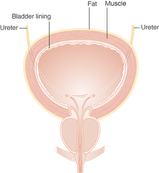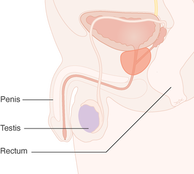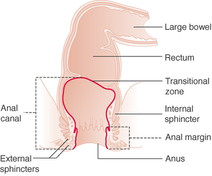|
A persona is a fictional character created to represent a user type that might use a site, brand, or product in a similar way. They are incredibly useful tools in user-centered design, marketing, and other disciplines focusing on customers or “users”, and they are particularly useful during ideation activities for new products and services as they allow for the extrapolation of user preferences to inform attributes, thereby removing some of the ambiguity inherent in new product design.
0 Comments
In 2021, MCI's Youth Advisory Board (YAB) was able to release an undergraduate research opportunity in an effort to engage young scholars in the field of male contraception. The opportunity was made available with support from the Parsemus Foundation and contributions from Male Contraceptive Initiative.
What potential male contraceptives are out there, and when will they be available?
These are two of the most frequent questions we hear and are asked. While it is difficult to pinpoint an exact date and time that the next generation of male contraceptives will be on the market, we wanted to at least attempt to provide some clarity on the great work being done to bring new methods of sperm-targeting contraception to market. As such, we have developed a dedicated space on our website to catalogue the various non-hormonal, reversible male contraceptives being researched. (Source: Cancer Research UK) The bladder, or urinary bladder, is a hollow muscular organ that stores urine from the kidneys before it is disposed of through urination. Urine enters the bladder via the ureters and exits via the urethra. The typical human bladder will hold between 10 and 16 fluid ounces before the urge to urinate occurs, but can hold considerably more. It is situated at the base of the pelvis in humans.
(Source: Cancer Research UK) The rectum is the final straight portion of the large intestine in humans and some other mammals. The adult human rectum is about 4.7 inches (12 centimetres) long, and begins at the rectosigmoid junction, which is located at the end of the sigmoid colon.
(Source: Cancer Research UK) The anus is the opening at the end of the digestive tract where stool (or feces) leaves the body. This is not to be confused with the rectum, which is the section of the digestive tract above the anus where stool is held before it passes out of the body. In humans, the anus is the external opening of the rectum, located inside the intergluteal cleft, known colloquially as the butt crack, and separated from the genitals by the perineum. Its primary purpose is to control the exit of feces from the body during defecation.
|
Categories
All
Archives
June 2024
|
|
|
Donate to Male Contraceptive InitiativeYour generous donation makes a difference!
|
© Male Contraceptive Initiative. All rights reserved.







 RSS Feed
RSS Feed
